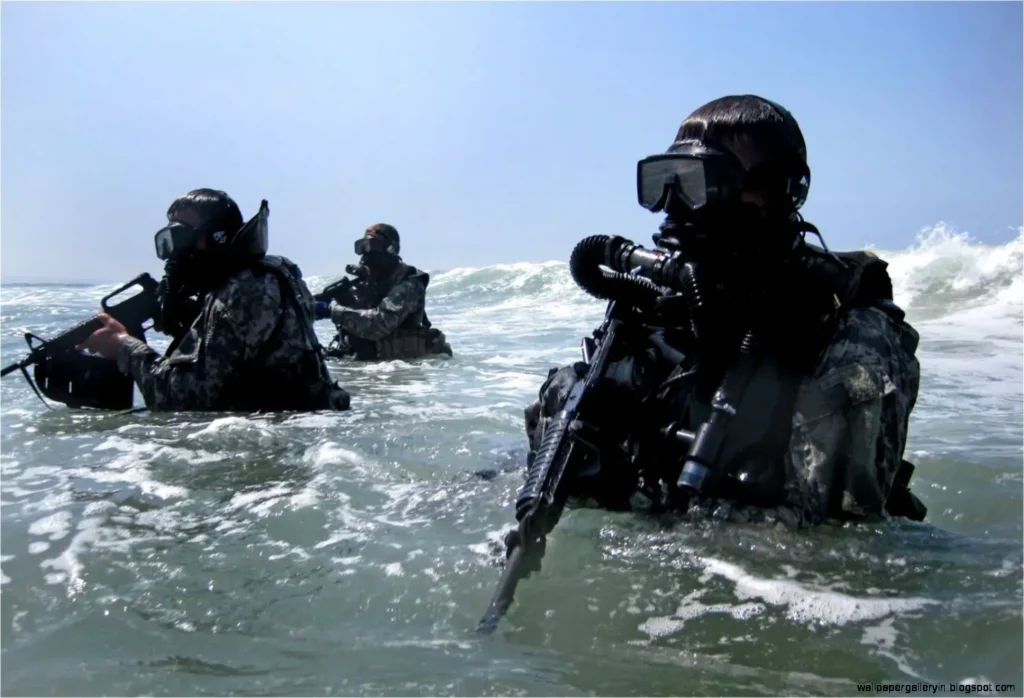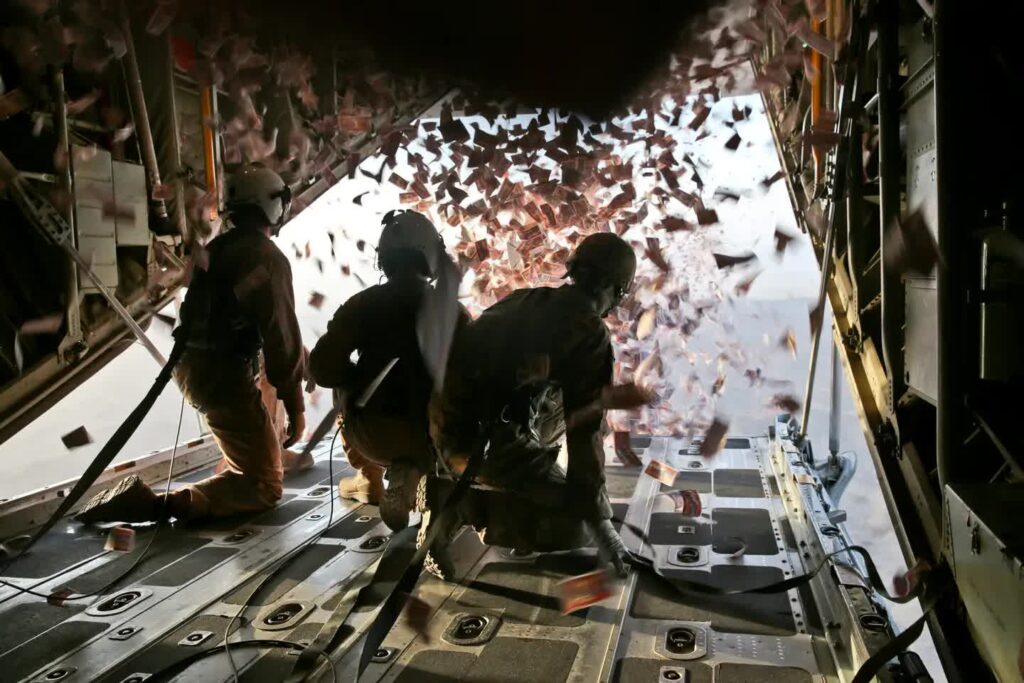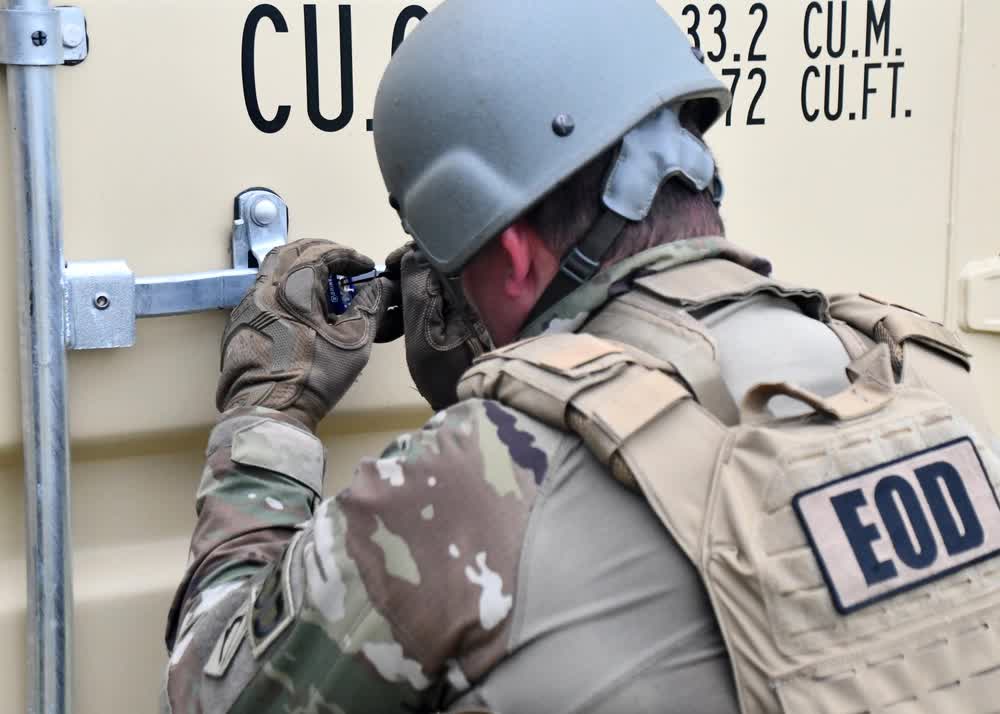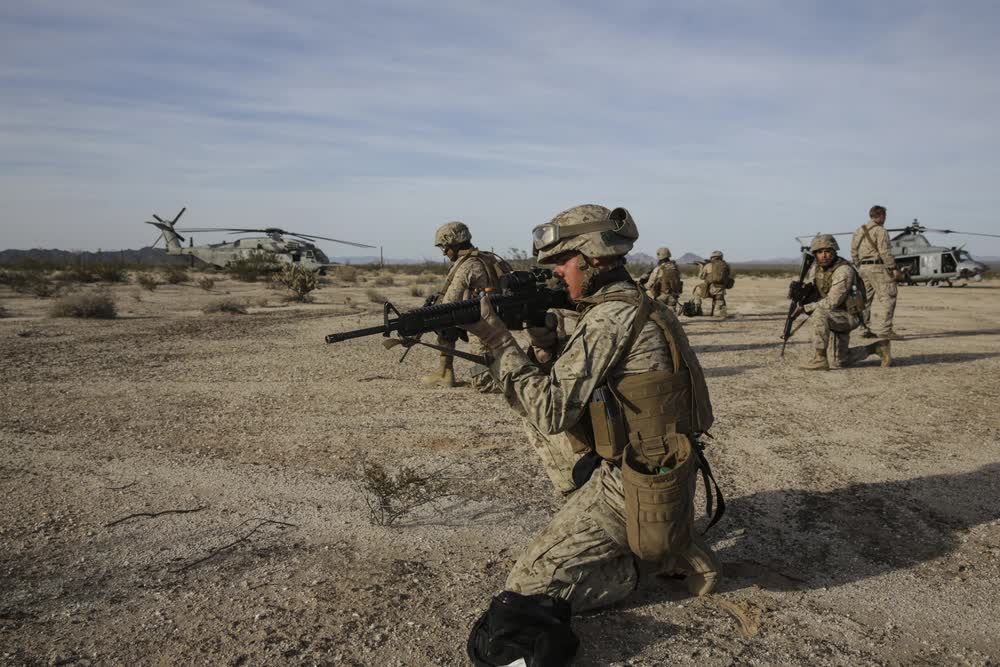For Navy SEAL trainees, one of the least favorite parts of BUD/S training is hydrographic reconnaissance. Given the hours spent shivering in the cold Pacific Ocean making repeated dives down to map out the coastline on a given target beach for a future amphibious landing, it is no wonder that BUD/S trainees lack enthusiasm for this mission. It is cold, tiring, lengthy, and involves intricate documentation of the results of the recon after the exercise is complete. And, oh yeah, it also takes place right after Hell Week, making it even harder to stay awake while trying to draw a hydrographic recon chart.
Conversely, underwater demolition training during BUD/S Third Phase – held out at San Clemente Island – is (and please pardon the pun) a blast. Trainees make numerous breath-hold dives down to fix haversacks full of explosives onto manmade underwater obstacles, and then blow them up once all the charges are set. Again, the point of this training is to prepare future SEALs to clear beaches for amphibious landings.
The history of the mission
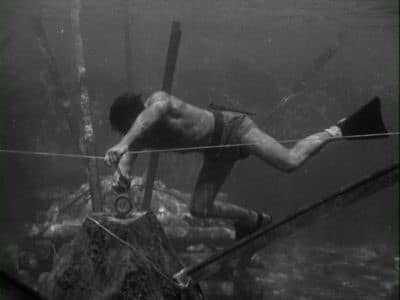
Hydrographic reconnaissance and underwater demolition are the very first of what would come to make up the set of Navy SEAL missions. In fact, the need for those capabilities in World War II is what led to the creation of the Navy’s Underwater Demolition Teams (UDTs), the precursors of the SEALs. UDTs were stood up to clear beaches that would be invaded by the U.S. Army and Marines.
Imagine a tranquil beach that provides an easy spot on which to land an invasion force in order to take control of a strategically valuable island. Now, if you are the force defending that island from invasion, you will do everything you can to make it extremely dangerous for the enemy to land on the beach. That would likely entail installing machine gun emplacements overlooking the beach and steel or concrete obstacles in the water near the shore to prevent easy boat access to it. In that way, you’d make the beach a deadly shooting gallery for amphibious forces getting hung up on the obstacles while coming ashore.
In response to those kinds of defenses, military leaders in World War II decided they needed units to recon the target beaches, map out the near shore seabed and beach terrain, the natural and manmade obstacles near shore and on shore, and then remove those obstacles before an invasion. The UDTs were thus born, and the mission continues to this day, now in the hands of the Navy SEALs.
Related: Why do officers have a higher success rate than enlisted men at becoming Navy SEALs?
What goes into planning them?
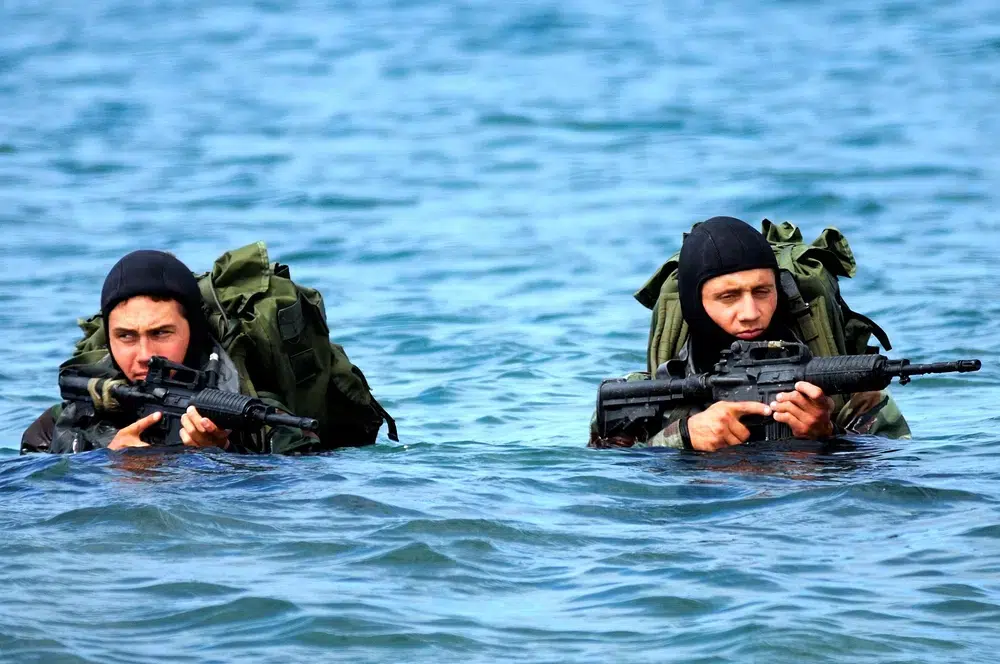
Extensive mission planning is required for a hydrographic reconnaissance operation. First, the target beach must be identified, and then the most appropriate method of insertion chosen for the SEAL elements. Insertion might be done by air, surface naval vessel, submersible, or even full-sized submarine, or through some combination of those methods. In today’s world, it is also possible that this recon mission might employ automated systems and vehicles that replace some of the tasks previously carried out by humans.
Once a recon is successfully executed, and target obstacles identified, SEAL units would then have to plan and execute the underwater demolition mission. This would likely entail identifying the desired “lanes” through which the invading force would reach the beaches and splitting SEAL elements into smaller units that would each be responsible for clearing one or more of those lanes.
Ideally, the recon and explosives placement is done in a clandestine manner, and the actual demolition catches the enemy off guard and kicks off the invasion. In the worst-case scenario, SEAL elements would have to place explosives while under fire from shore-based guns, and while being supported by naval gunfire that tries to take out those guns. As you can imagine, the mission can get extremely dangerous in a full-on World War II-style amphibious invasion.
Related: What exactly is MARSOC, the Marines’ elite special operations component?
Are hydrographic reconnaissance and underwater demolition still relevant?
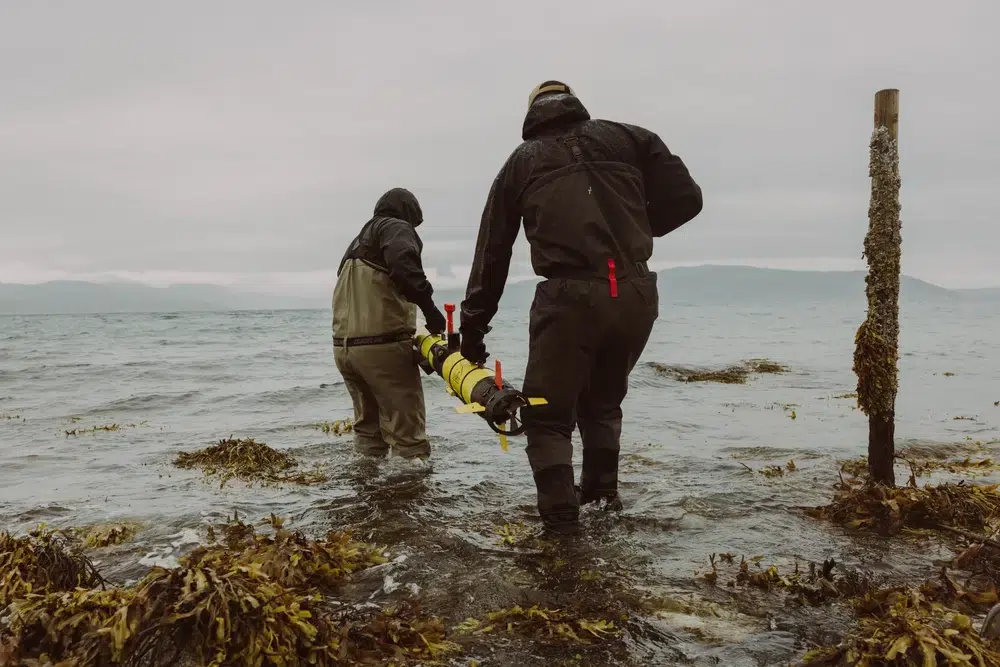
Some might argue that these missions are irrelevant in today’s world of drones and advanced unmanned recon platforms. Those are arguments beyond this author, who is no longer privy to the most cutting-edge technologies of the U.S. military. What I do know, though, is that it seems shortsighted to rule out the possibility of amphibious landings in a future large peer-to-peer conflict. Hydrographic reconnaissance and underwater demolitions are capabilities that U.S. military commanders no doubt want to have at their disposal, and as long as that remains true, Navy SEALs will continue to keep them in their bag of tricks.
It is not a mission that the U.S. military has had to execute in the recent past, but it is a capability that remains important for possible future conflicts in which amphibious invasions may again become necessary.
